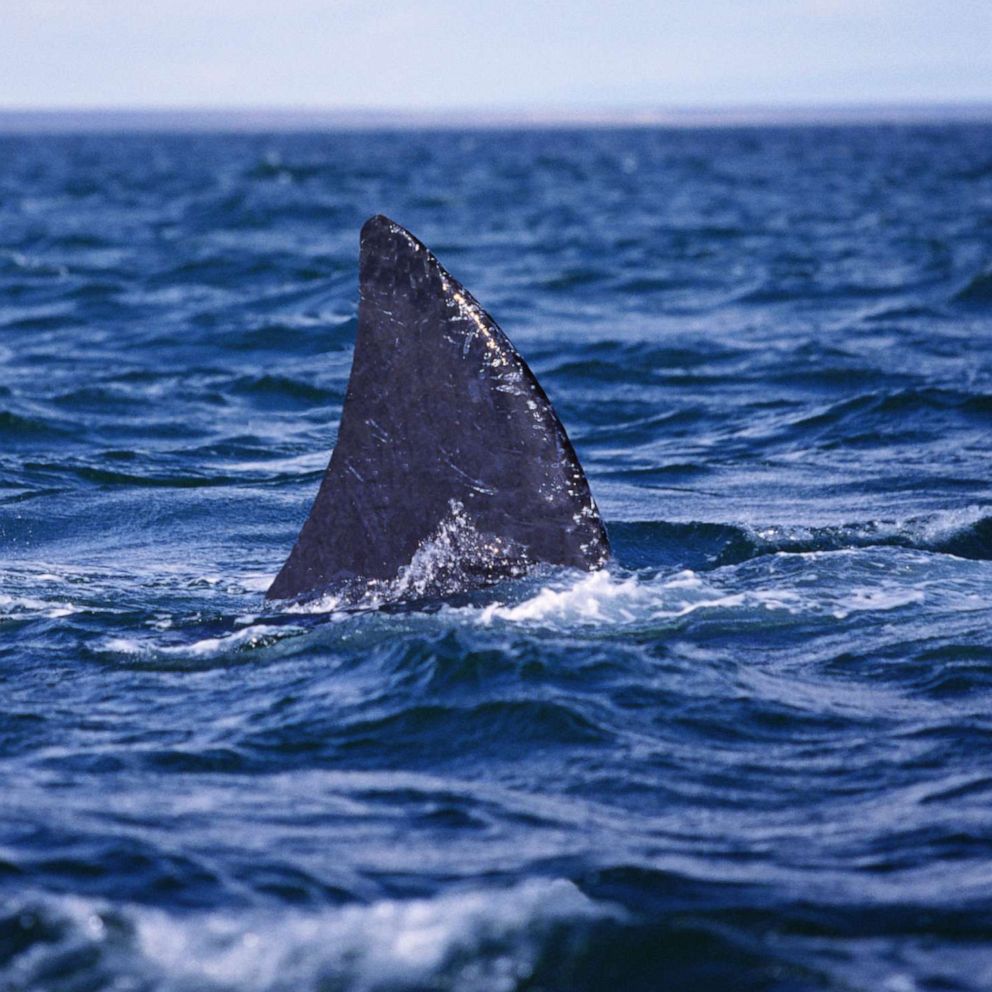Anthropologists Disagree About Race and Bones
Oct. 6 -- When an ancient skeleton was unearthed in the Pacific Northwest four years ago, some anthropologists said the skull didn’t resemble modern American Indians, spurring speculation that Indians weren’t the only, or even the first, people to arrive in the Americas.
The 9,000-year-old skeleton, now known as Kennewick Man, died when he was 45-50 years old, according to a government study. His pelvis had grown over a 2-inch-long stone point embedded in his hip, perhaps giving him a limp. He also had suffered injuries to his skull and left arm, as well as broken ribs many years before he died.
Scientists also took a close look at Kennewick Man’s face. Some said the bones looked Asian. Others said they were Caucasian, or even Neanderthal.
But just how much can the framework of the body tell about the person who lived inside of it?
Ancient Remains at Stake
That question now holds particular consequence after a lengthy custody battle between scientists and Indian tribes over the skeleton. The tribes, lead by the Umatilla, claimed the Kennewick Man as an ancestor. They recently won that battle in a ruling by the Department of the Interior under a federal law that gives Indian tribes the right to claim all pre-European human remains if they are able establish cultural affiliation.
Bruce Babbit, the Secretary of the Interior, said two years of study by his department persuaded him that the bones should be returned to tribes, who have said they’ll rebury the bones. But a lawsuit filed by eight anthropologists for the right to study the remains is pending against the federal government.
Scientists have studied the biological concept of race for centuries, most infamously to find differences of intelligence or character they thought corresponded with skin color. Although such theories have since been disproved and exposed past European scientists’ feelings of superiority, today’s anthropologists still closely analyze skeletons for the tiny differences — mainly in the skull and femur bones — to detect where a person’s ancestors came from.




